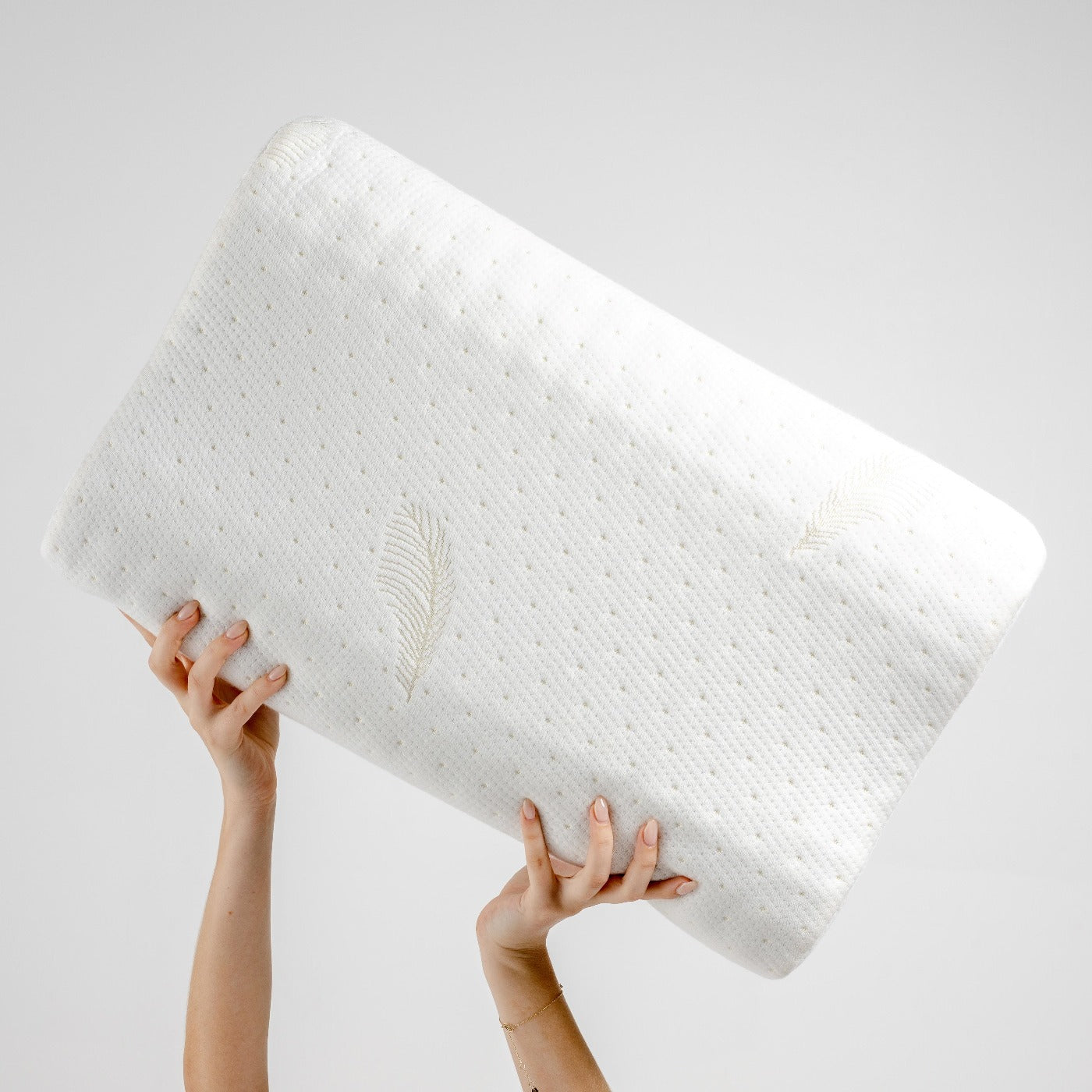

Articles
How Long Do Foam Pillows Last
Modified: October 27, 2024
Discover how long foam pillows typically last and get expert advice on maintaining their longevity. Read more in our informative articles.
(Many of the links in this article redirect to a specific reviewed product. Your purchase of these products through affiliate links helps to generate commission for Storables.com, at no extra cost. Learn more)
Introduction
Foam pillows have gained popularity in recent years due to their ability to provide support and comfort while sleeping. These pillows are known for their durability and ability to retain their shape over time. However, like any other product, foam pillows also have a lifespan and will eventually need to be replaced. In this article, we will explore how long foam pillows typically last and discuss the factors that can affect their lifespan.
Having a good understanding of the lifespan of foam pillows is important for several reasons. Firstly, it helps you determine when it’s time to replace your current pillow and invest in a new one. Secondly, knowing the factors that affect the lifespan of foam pillows allows you to take proactive measures to extend their longevity. So, let’s dive into the details and find out how long foam pillows can last and what you can do to make them last even longer.
Key Takeaways:
- Foam pillows typically last 2 to 5 years, but factors like foam quality and usage habits can affect their lifespan. Recognizing signs of wear and tear helps determine when it’s time for a replacement.
- To extend the life of foam pillows, invest in high-quality options, use protective covers, and follow proper maintenance practices. Recognizing signs of wear and tear and replacing when necessary ensures continued comfort and support.
Read more: How Long Do Tempur-Pedic Pillows Last
Factors that Affect the Lifespan of Foam Pillows
The lifespan of foam pillows can vary depending on several factors. Understanding these factors can help you assess the quality and durability of your pillow, as well as take appropriate measures to maintain its lifespan. Here are some key factors that can affect the lifespan of foam pillows:
- Quality of the Foam: The quality of the foam used in the pillow plays a significant role in determining its lifespan. High-density foam pillows tend to last longer compared to low-density foam pillows. High-density foam is more resilient and can better withstand the wear and tear of regular use.
- Usage and Sleeping Habits: How you use your pillow and your sleeping habits can impact its lifespan. If you frequently fold or scrunch your pillow, it may lose its shape and support more quickly. Similarly, if you have a habit of sleeping in a particular position that puts excessive pressure on the pillow, it may wear out faster.
- Hygiene and Maintenance: Proper hygiene and maintenance are crucial for preserving the lifespan of your foam pillow. Regularly washing the removable cover and airing out the pillow can prevent the buildup of sweat, oils, and allergens. Following the manufacturer’s cleaning instructions is essential to avoid damaging the foam.
- Environmental Factors: Exposure to extreme temperatures, humidity, and sunlight can affect the durability of foam pillows. Direct sunlight can cause the foam to break down and deteriorate more quickly. It’s best to keep your pillow in a cool and dry place, away from direct sunlight.
- Weight and Pressure: The weight and pressure exerted on the pillow can impact its lifespan. Heavier individuals may place more strain on the foam, causing it to compress and lose its shape over time. Additionally, the amount of time spent on the pillow and the intensity of movements while sleeping can also contribute to its wear and tear.
By considering these factors, you can evaluate the condition and longevity of your foam pillow. However, it’s important to keep in mind that the lifespan of foam pillows can still vary depending on individual usage and the specific product’s quality and construction. Now that we have a better understanding of the factors affecting the lifespan, let’s explore the signs that indicate your foam pillow may need to be replaced.
Signs of Wear and Tear
As foam pillows age, they may start to show signs of wear and tear. These signs can indicate that the pillow is no longer providing the necessary support and comfort for a restful sleep. Here are some common signs that indicate your foam pillow may need to be replaced:
- Loss of Shape: Over time, foam pillows can lose their original shape and become flattened or lumpy. This can result in uneven support and discomfort during sleep. If you find that your pillow no longer retains its shape and fails to provide the desired level of support, it may be time for a new one.
- Sagging: A sagging pillow is a clear sign of wear and tear. When a foam pillow starts to sag, it can cause your head and neck to sink too far into the pillow, resulting in improper spinal alignment. If your pillow is visibly sagging or feels significantly softer than when you first got it, it’s a good indication that it needs to be replaced.
- Visible Stains or Odors: Over time, sweat, oils, and dirt can accumulate on the pillow, leading to visible stains and unpleasant odors. While regular cleaning can help mitigate this, if stains and odors persist despite cleaning efforts, it may be a sign that the pillow is nearing the end of its lifespan.
- Allergies or Respiratory Issues: If you start experiencing increased allergies or respiratory issues, it could be a sign that your foam pillow is harboring dust mites or other allergens. Foam pillows that are older and have lost their resilience may be more prone to collecting allergens. In such cases, replacing the pillow can help alleviate these symptoms.
- Discomfort or Neck Pain: If you consistently wake up with neck pain or discomfort, it may be due to an unsupportive or worn-out foam pillow. As the foam loses its ability to provide proper support, it can lead to misalignment of the spine and strain on the neck muscles. Switching to a new pillow that offers better support can alleviate these issues.
Keep in mind that these signs may not appear simultaneously or at the same rate for everyone. Individual usage, maintenance, and the quality of the foam all play a role in how quickly these signs manifest. If you notice any of these signs, it’s worth considering investing in a new foam pillow to ensure a restful and comfortable sleep.
Foam pillows typically last 18-36 months with proper care. To extend their lifespan, use a pillow protector, fluff regularly, and avoid washing too frequently.
Average Lifespan of Foam Pillows
The lifespan of foam pillows can vary depending on various factors as discussed earlier. However, on average, a well-maintained and high-quality foam pillow can last anywhere from 2 to 5 years.
It’s important to note that this estimate is just an average and individual experiences may vary. Some pillows may lose their shape and support earlier, while others may remain comfortable for longer periods. The lifespan of a foam pillow is influenced by factors such as usage habits, body weight, and the quality of the foam.
Higher-density foam pillows tend to last longer compared to lower-density ones. This is because high-density foam is more resilient and can better withstand the compression and wear from regular use. Additionally, foam pillows made from higher-quality materials and construction techniques may have a longer lifespan.
It’s also worth mentioning that the lifespan of a foam pillow may decrease if it’s used by heavier individuals or subjected to excessive pressure. Constant folding, bending, or misuse of the pillow can cause it to lose its shape and support faster.
While the average lifespan of foam pillows is a useful guideline, it’s important to pay attention to the signs of wear and tear discussed earlier. Even if your pillow is within the typical lifespan range, it may still need to be replaced if it no longer provides the necessary comfort and support.
Regular maintenance and proper care can also contribute to extending the lifespan of foam pillows. Following the manufacturer’s cleaning instructions, using a pillowcase or protective cover, and periodically airing out the pillow can help keep it in good condition for longer.
In summary, the average lifespan of foam pillows is around 2 to 5 years, but it’s important to monitor the signs of wear and tear and replace the pillow when necessary. By maintaining and caring for your foam pillow, you can ensure it lasts as long as possible and continues to provide a comfortable and supportive sleep surface.
Tips to Prolong the Life of Foam Pillows
While foam pillows have a finite lifespan, there are several measures you can take to prolong their durability and ensure they provide optimal comfort and support for as long as possible. Here are some helpful tips to extend the lifespan of your foam pillow:
- Invest in a High-Quality Pillow: Start with a high-quality foam pillow from a reputable manufacturer. Higher-density foam pillows are generally more durable and can withstand the rigors of regular use.
- Use a Pillowcase or Protective Cover: Using a pillowcase or a protective cover provides an extra layer of protection for your foam pillow. It helps prevent stains, dirt, and oils from seeping into the foam, making cleaning easier and extending the life of the pillow.
- Wash the Pillowcase Regularly: Keeping your pillowcase clean is important for maintaining the overall hygiene and longevity of your foam pillow. Regularly wash your pillowcase according to the manufacturer’s instructions to prevent the accumulation of sweat, oils, and allergens.
- Air Out the Pillow: Foam pillows can accumulate moisture over time, which can contribute to the growth of mold and mildew. To prevent this, remove the pillow from its protective cover and let it air out in a well-ventilated area periodically. This allows moisture to evaporate, keeping the pillow fresh and dry.
- Rotate and Fluff the Pillow: To prevent the foam from compressing and developing permanent indentations, rotate and fluff your pillow regularly. This helps distribute weight and pressure evenly, reducing wear on specific areas.
- Avoid Folding or Bending the Pillow: Foam pillows are designed to maintain their shape. Avoid folding, bending, or applying excessive pressure to the pillow as it can cause the foam to deform and lose its supportive properties.
- Keep the Pillow in a Cool, Dry Place: Excessive heat, humidity, and direct sunlight can accelerate the breakdown of foam. Store your pillow in a cool and dry place, away from sunlight and moisture, to preserve its integrity and extend its lifespan.
- Follow Manufacturer’s Cleaning Guidelines: When it comes time to clean your foam pillow, always follow the manufacturer’s cleaning guidelines. Improper cleaning methods or harsh chemicals can damage the foam, shortening its lifespan.
- Replace the Pillow When Needed: Despite your best efforts, foam pillows will eventually wear out. Pay attention to signs of wear, such as loss of support or changes in shape. If the pillow no longer provides the desired comfort or support, it’s time to invest in a new one.
By following these tips, you can significantly extend the lifespan of your foam pillow and maximize its performance. Remember, proper care and maintenance are key to ensuring the pillow remains comfortable and supportive for as long as possible.
Additionally, it’s important to note that personal preferences and health considerations may also influence the decision to replace a pillow. If you experience persistent discomfort, neck pain, or worsening allergies despite proper care, it may be advisable to consult with a healthcare professional for personalized recommendations.
Read more: How Long Should Pillows Last
Conclusion
Foam pillows are a popular choice for those seeking comfort and support during sleep. Understanding the lifespan of foam pillows and the factors that can affect their durability is essential for ensuring a restful and comfortable sleep experience.
In this article, we discussed how long foam pillows typically last and the factors that can influence their lifespan. While the average lifespan of a foam pillow ranges from 2 to 5 years, individual usage habits, foam quality, and maintenance play a significant role in determining their longevity.
We also highlighted the signs of wear and tear that indicate when it’s time to replace your foam pillow. These include loss of shape, sagging, visible stains or odors, allergies or respiratory issues, and discomfort or neck pain. Recognizing these signs allows you to address potential issues with your pillow and invest in a new one if needed.
To prolong the lifespan of your foam pillow, we provided several tips for proper care and maintenance. These include investing in a high-quality pillow, using a pillowcase or protective cover, washing the pillowcase regularly, airing out the pillow, rotating and fluffing it, avoiding folding or bending, storing it in a cool and dry place, following manufacturer’s cleaning guidelines, and replacing the pillow when necessary.
By implementing these tips, you can extend the life of your foam pillow and ensure it continues to provide the necessary comfort and support for a good night’s sleep.
Remember, the lifespan of a foam pillow may vary depending on individual circumstances, so it’s important to monitor the signs of wear and tear and adjust accordingly. Maintaining a clean and hygienic sleep environment is crucial for your overall well-being.
Choosing a foam pillow that suits your preferences and needs, and taking proactive steps to care for it, will ensure that you can enjoy its benefits for an extended period. So, prioritize the longevity of your foam pillows and sleep soundly with the right level of comfort and support.
Frequently Asked Questions about How Long Do Foam Pillows Last
Was this page helpful?
At Storables.com, we guarantee accurate and reliable information. Our content, validated by Expert Board Contributors, is crafted following stringent Editorial Policies. We're committed to providing you with well-researched, expert-backed insights for all your informational needs.
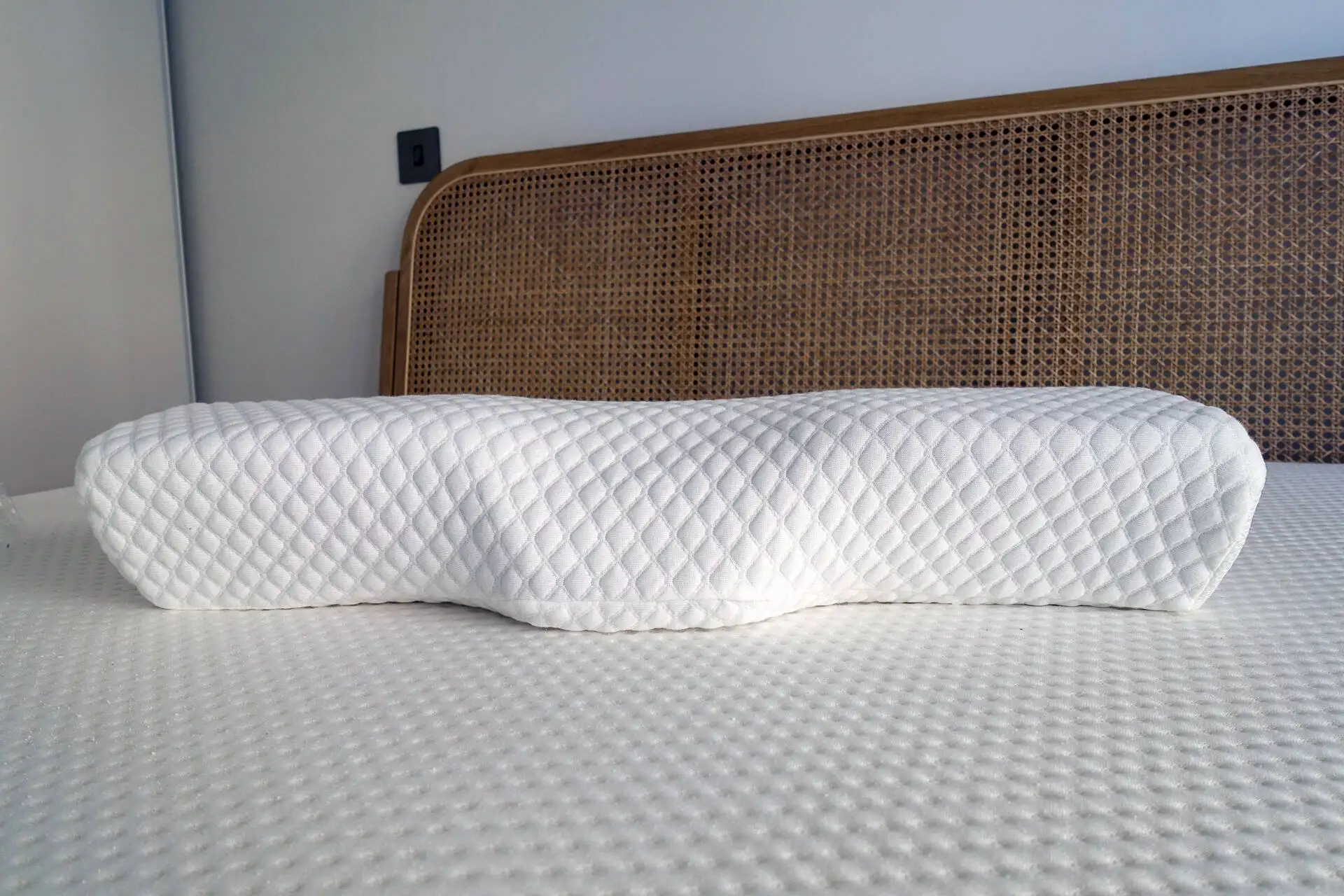
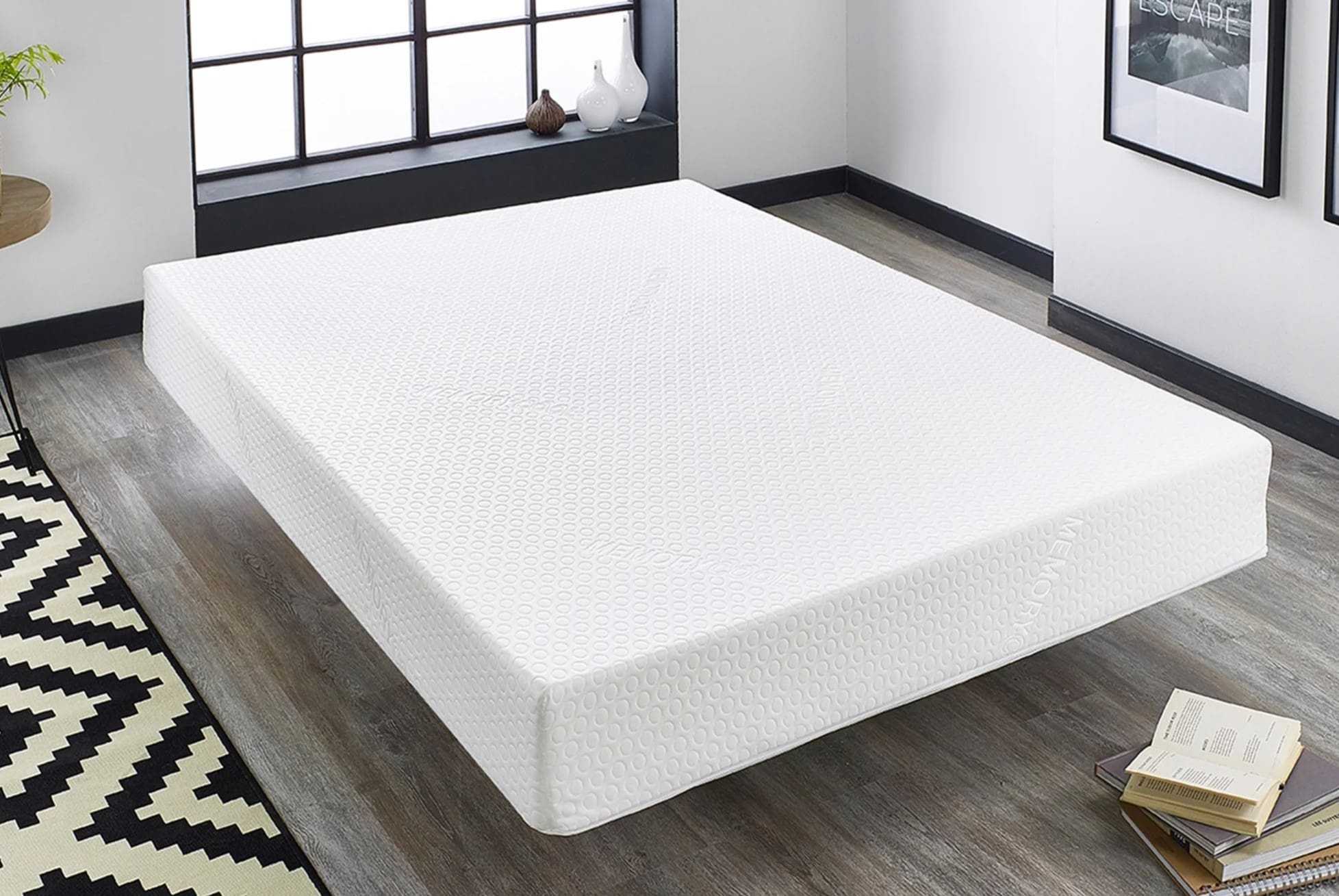
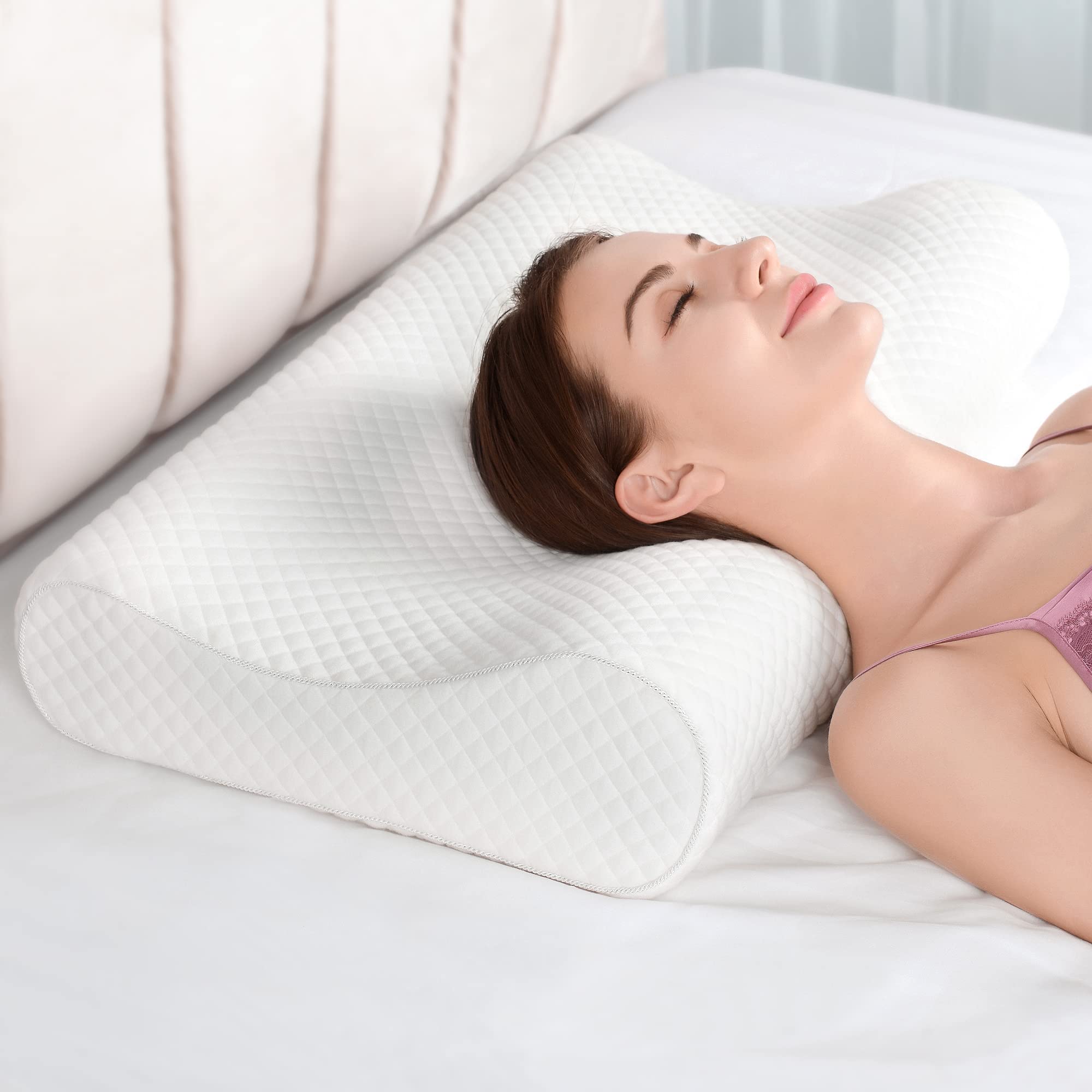
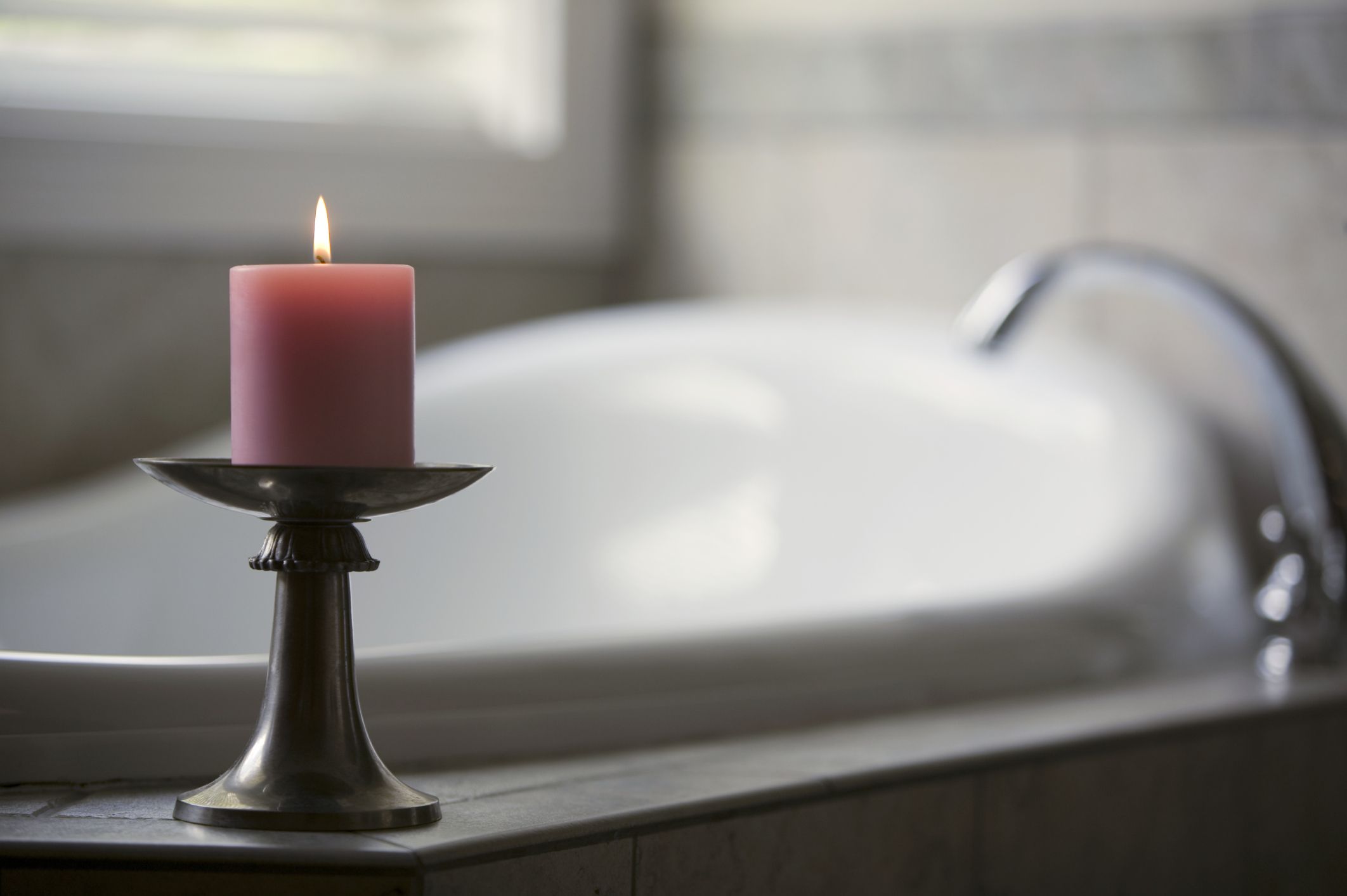


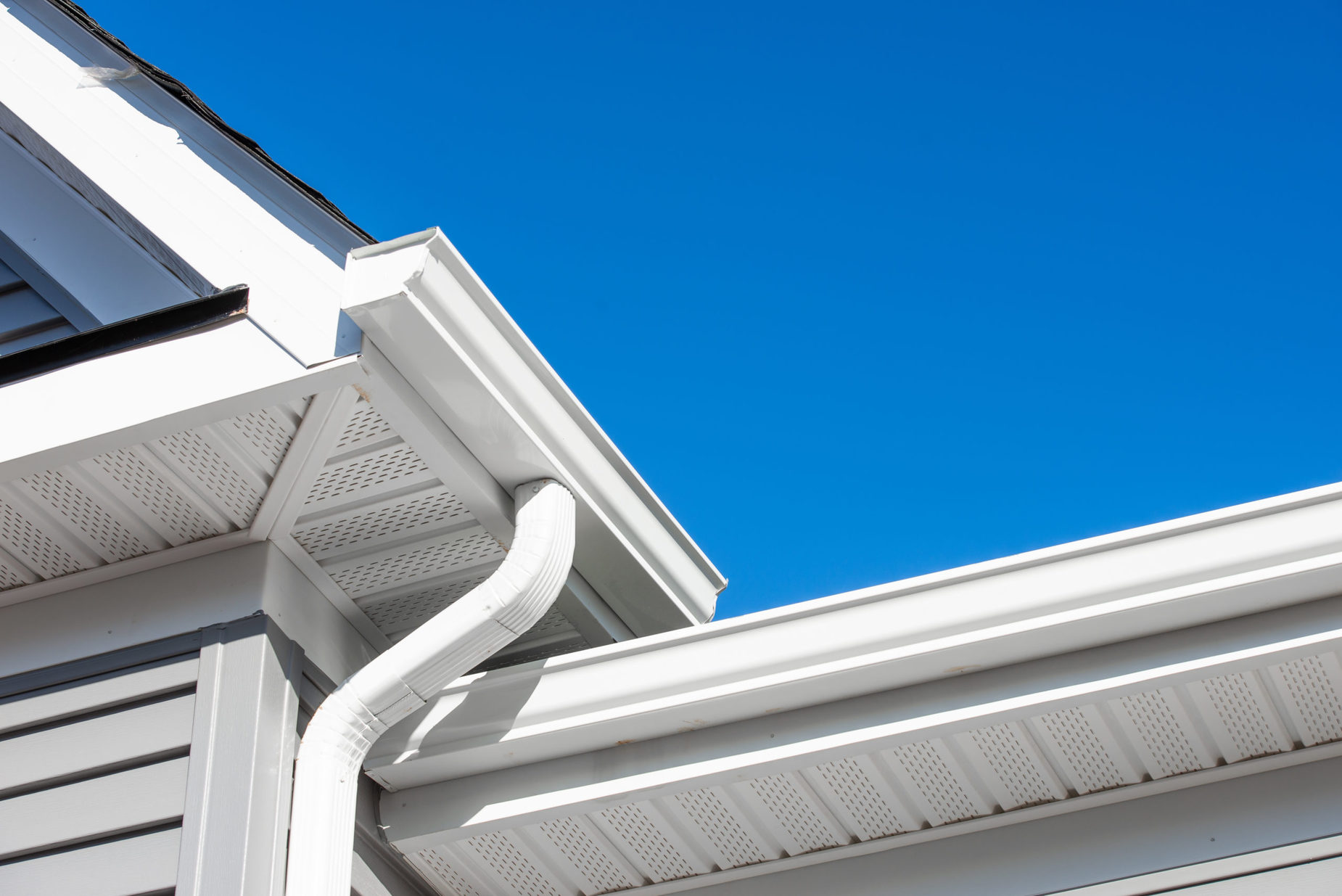



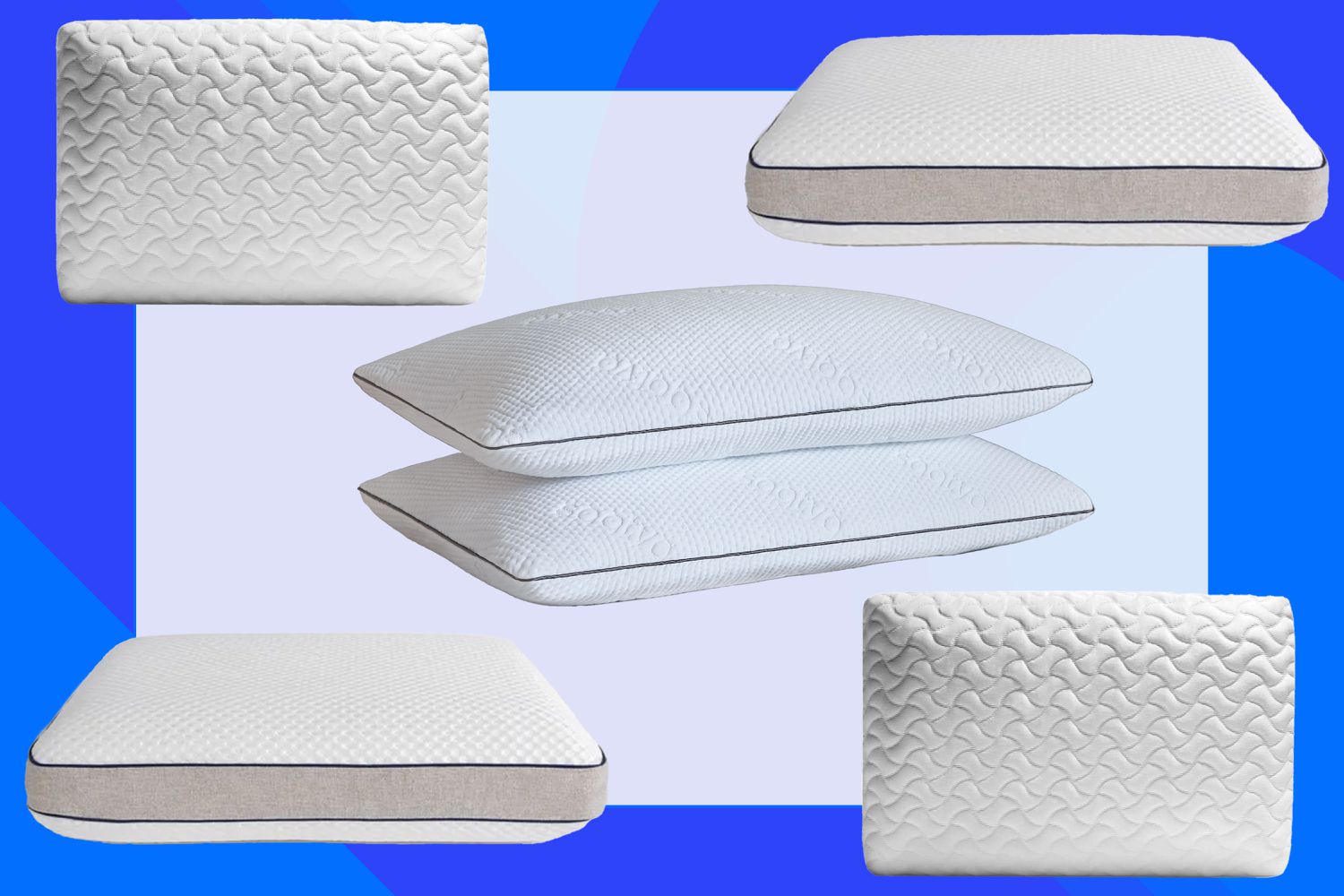


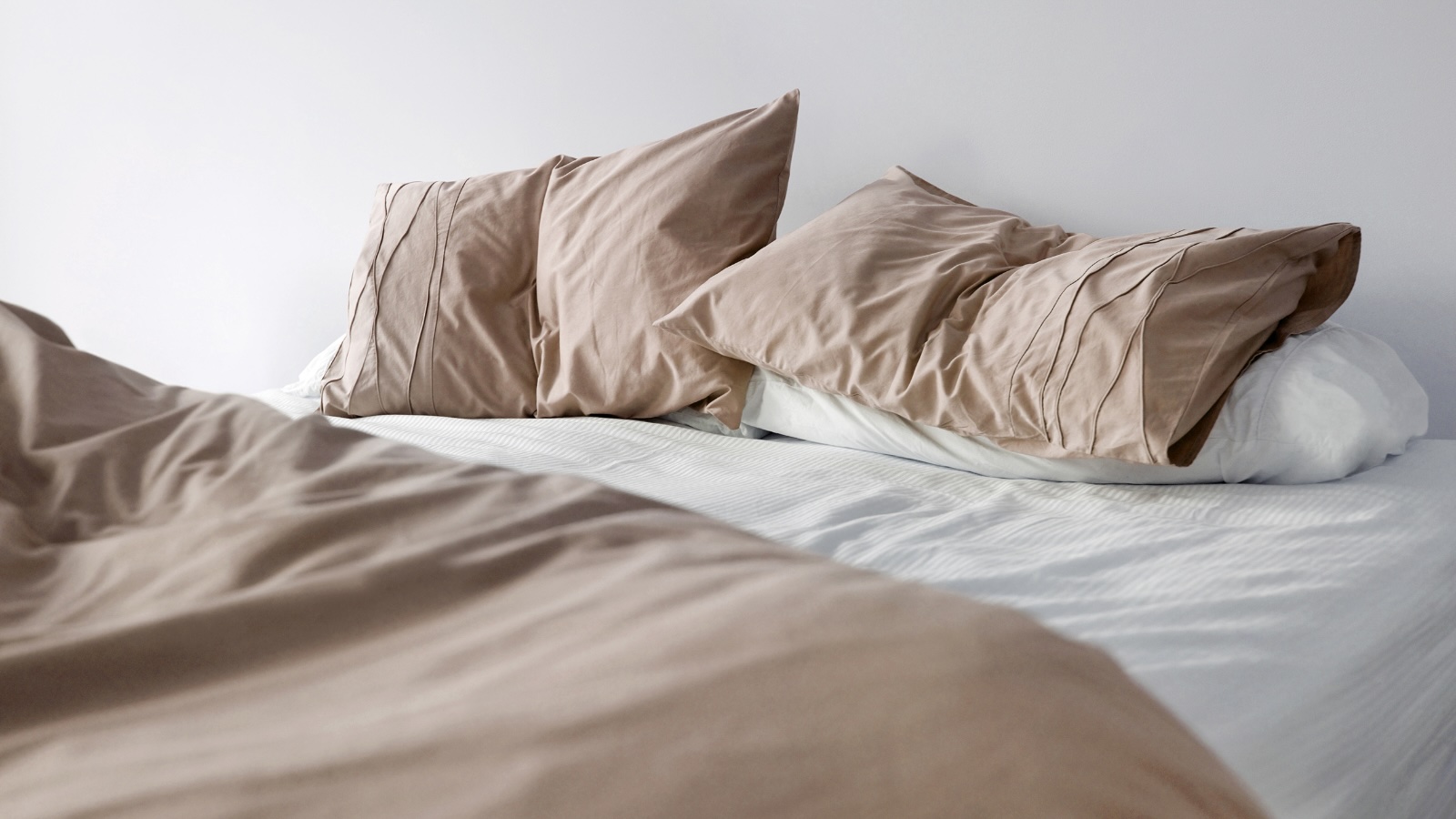

0 thoughts on “How Long Do Foam Pillows Last”